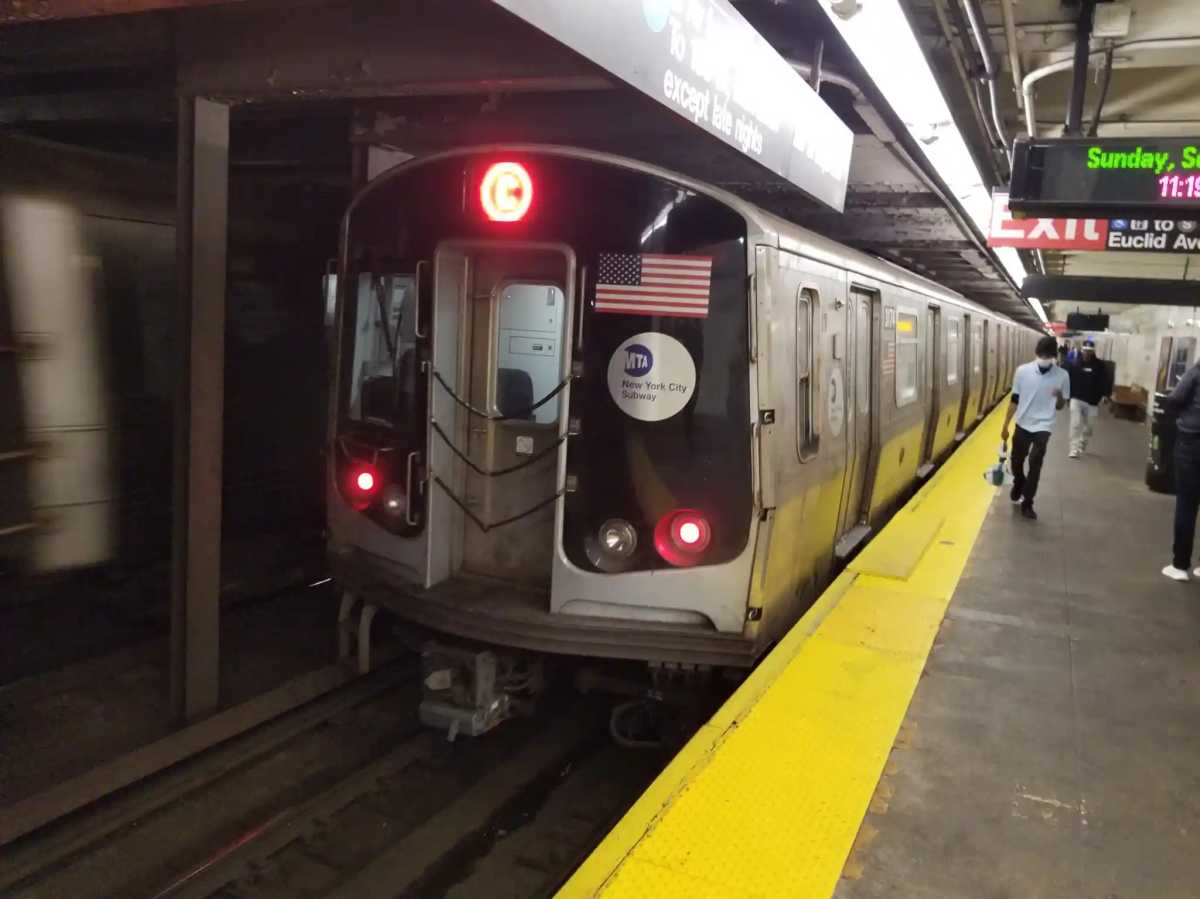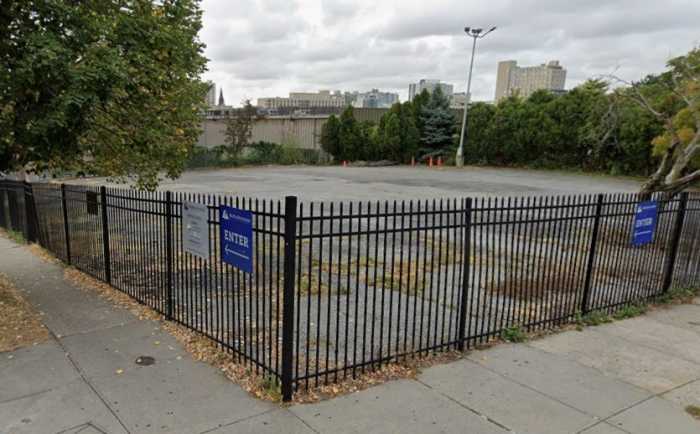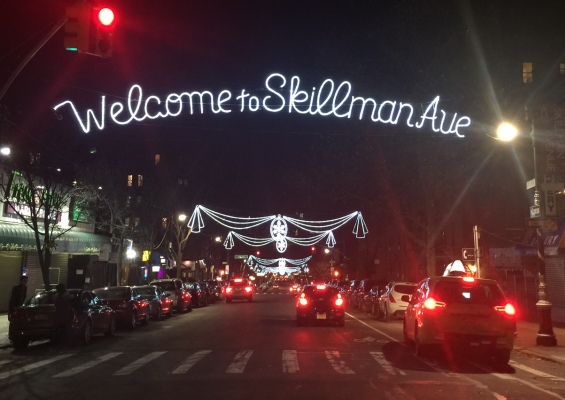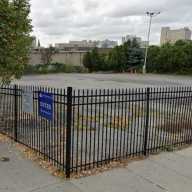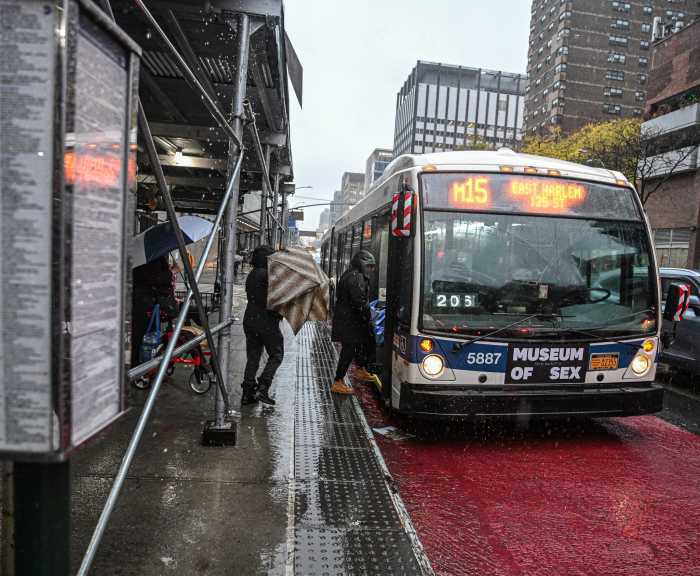By Doug Chandler
Other banks, such as Washington Mutual, are planning similar moves, a development that will give Queens residents a wider choice in banking services, experts in the field say.
But some observers question how long the trend will last, with one suggesting that some banks will soon regret their actions.
The trend in new branches, or “stores” in the language of Commerce and Washington Mutual, two leaders in the field, is visible throughout the county. As many as three or more branches have opened within weeks of each other in many neighborhoods.
The trend will strengthen in Queens next week with the opening of Commerce branches on Queens Boulevard in Forest Hills and Northern Boulevard in Auburndale, adding to the three Commerce offices already in the borough.
Other Commerce branches are scheduled to open in Forest Hills in June, in Ridgewood in September and in Kew Gardens in October.
Like other Commerce branches, the new ones will focus “on serving and wowing the customer,” said Peter Meyer, the bank's regional vice president for Brooklyn and Queens.
Meyer said the new branches will each remain open seven days a week, until 8 p.m. on weekdays, 6 p.m. on Saturdays and 4 p.m. on Sundays – far from the hours normally associated with banks. The bank also offers free checking to all customers.
“We consider ourselves a retailer who just happens to be in the banking business,” said Meyer, who works at the company's regional office in Brooklyn. “The retail part of banking is all about the customer-service experience, and that's what defines us.”
The bank, based in Cherry Hill, N.J., now has 281 branches in four states, nearly double the number of outlets it had four years ago, and plans to add 50 more branches in 2004. Its first branch in the Brooklyn-Queens region opened a year ago, a figure that will grow to 25 in each borough during the next four years, Meyer said.
Washington Mutual, a Seattle-based firm with more than 1,800 branches across the country, acquired its first outlets in the New York area with its purchase two years ago of the Dime Savings Bank.
The number of branches in the region, encompassing the city and its suburbs, has increased from the 123 former Dime outlets to 203 today. The bank also plans to build an additional 30 branches in the area each year, said Derek Aney, a regional spokesman.
Like Commerce, Washington Mutual has gained a reputation for innovation, especially for the brand of banking it calls “Occasio” – a design that has given its outlets a radically different look and feel than those of more traditional branches.
In each Occasio branch, a “concierge” greets customers as they enter and directs them to the proper employee. Tellers stand at podiums, each with a computer, instead of behind a long desk and window, and customers can look at the same screen called up by the teller.
The idea behind Occasio – Latin for “favorable opportunity” – is to create a more open environment and to demystify the process of banking, Aney said. “We want to build relationships as opposed to processing transactions.”
In Queens, nine of Washington Mutual's 15 locations are Occasio branches. The six others, all inherited from the Dime, are more traditional in appearance.
Banking experts and consumer groups welcome the increased competition in banking. But Charles Wendel, an author and consultant in Manhattan, questions how long the trend will last.
The force driving the trend is the discovery by the banks that “a substantial part of their profit comes from deposits and branch-based consumer loans,” Wendel said. Banks also want to build closer relationships with their consumers, especially after years of underinvesting in branches.
But many of the banks are now overinvesting, he said, adding that some banks “will rue the day” they decided to open so many branches. Wendel suggested that the rate of new deposits for the first quarter of the year – figures that are flat or non-existent – could be a warning sign.
Steve Williams of Cornerstone Advisers in Scottsdale, Ariz., publishers of Gonzo Banker, an online newsletter, said he expected Commerce and Washington Mutual, both successful banks with unique strategies, to survive whatever down period lies ahead. But he predicted that “more mediocre players,” like regional and community banks, would have to close branches in the near future.

